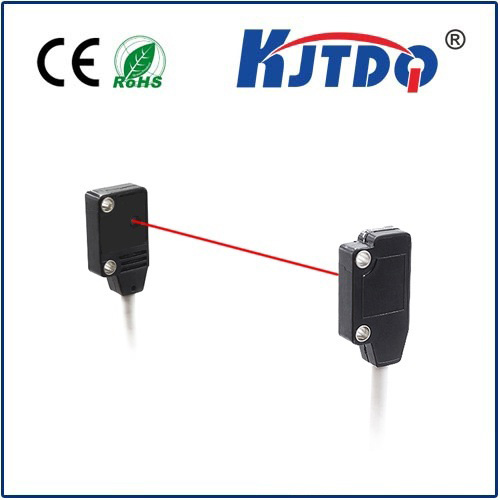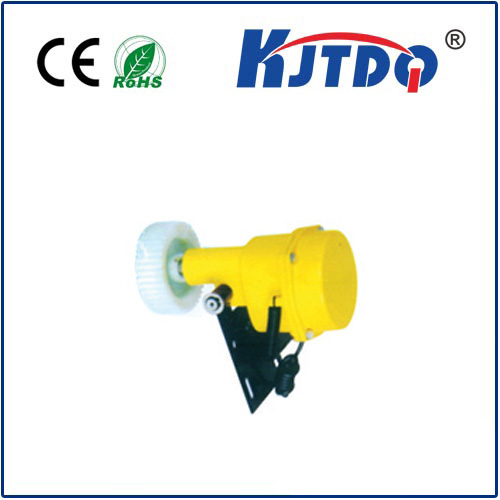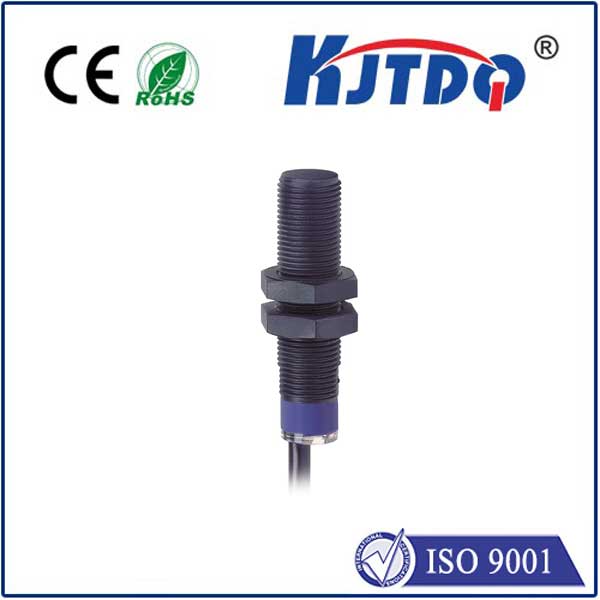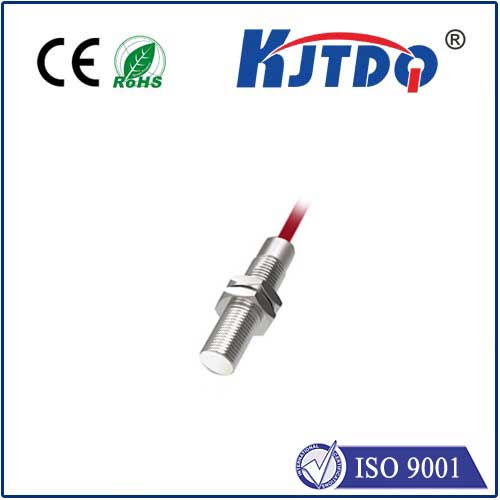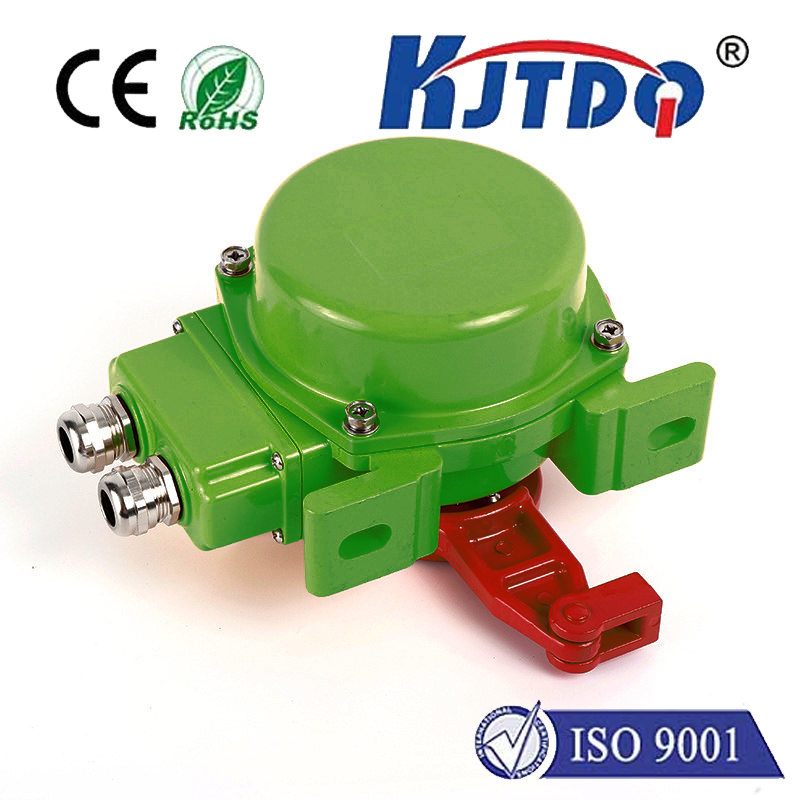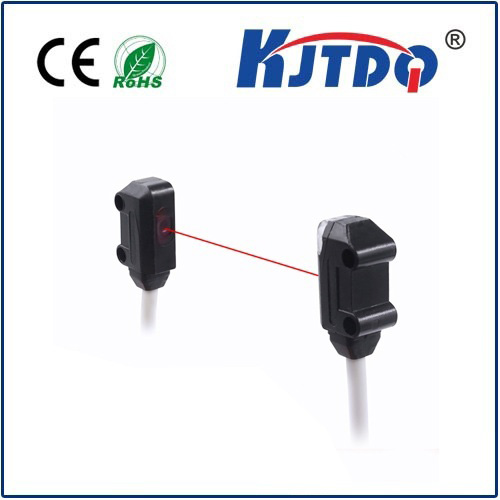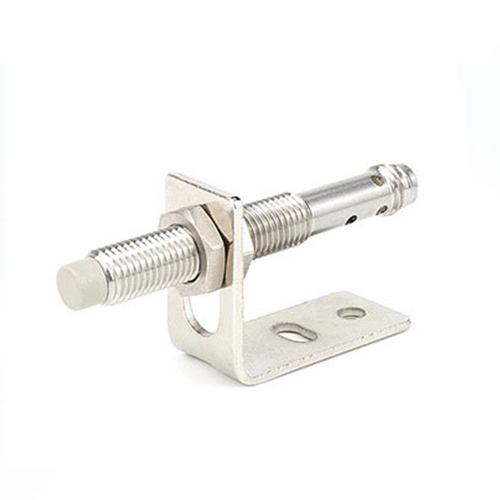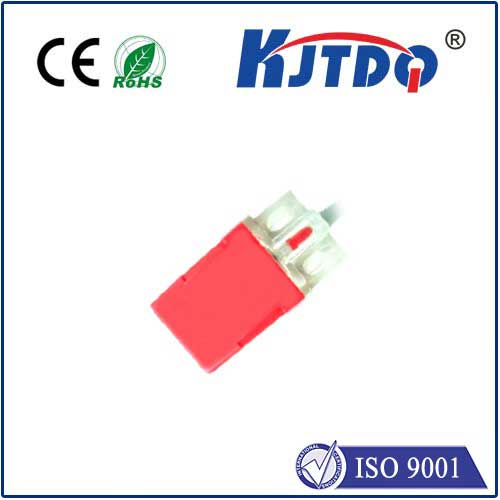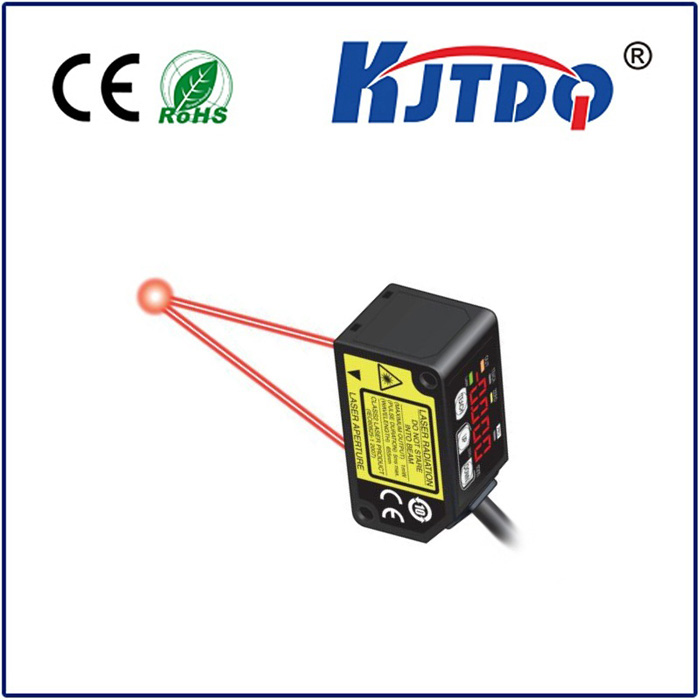
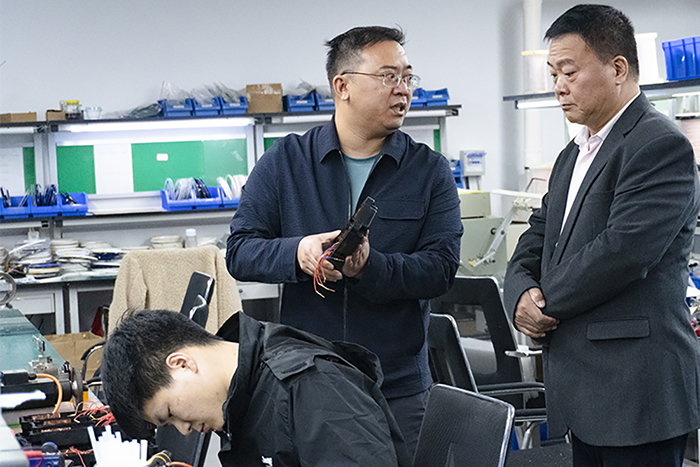
check
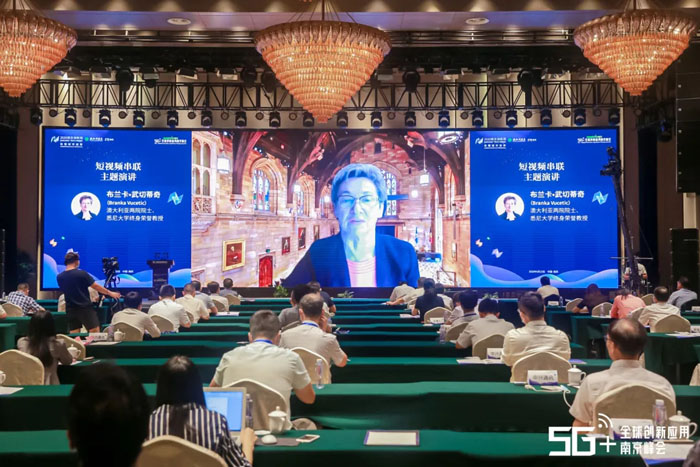
check

check
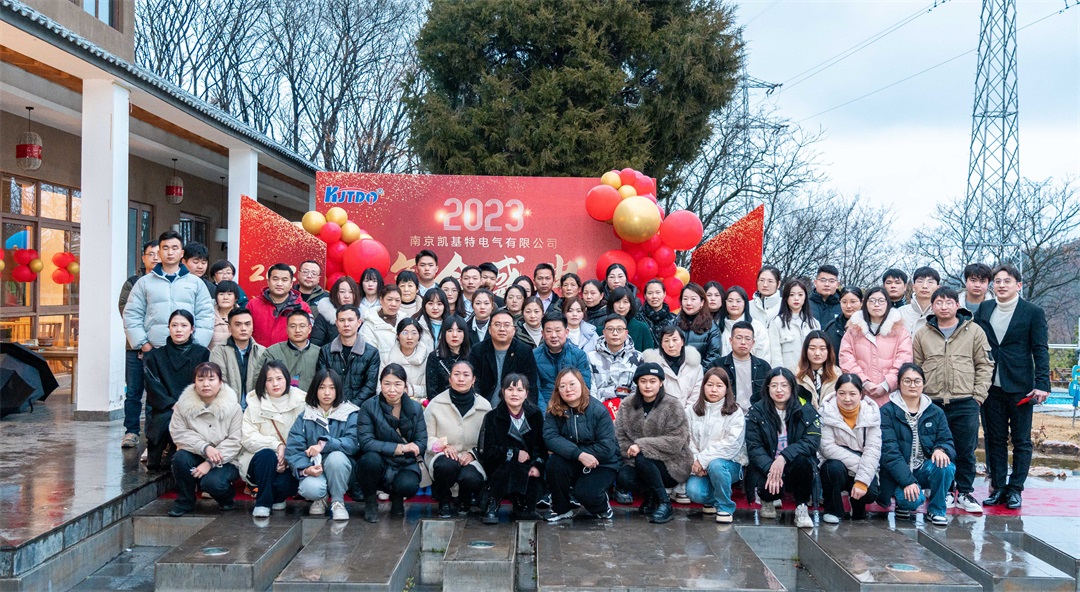
check

check

check

check

check

check

check

Proximity switches It is a sensor that can sense the presence or position change of a target object without direct contact. It generates signals by sensing the physical properties of the target object (such as metal, non-metal, magnetic field, etc.), and is widely used in automated production lines, mechanical equipment, limit protection, liquid level detection and other occasions. Common types include inductive proximity switches and capacitive proximity switches, which have the advantages of fast response, high reliability and durability
When selecting a proximity switch, customers need to confirm the following key parameters based on specific application requirements:
1 - Detecting Objects
Determine the target object to be detected:
Metal (applicable to inductive proximity switches)
Non-metallic (applicable to capacitive proximity switches)
Magnetic material (applicable to Hall type proximity switches)
Other objects (such as transparent objects, consider photoelectric or ultrasonic proximity switches)
2 - Detection distance
Confirm the maximum detection distance between the target object and the sensor:
The detection distance of inductive proximity switches is generally 1mm-40mm (depending on the sensor diameter and the target material)
Capacitive and photoelectric proximity switches can detect distances from a few millimeters to several meters
Ultrasonic proximity switch detection distance can reach tens of meters

3 - Sensor Dimensions
Select the appropriate dimensions based on the equipment installation space:
Cylindrical (M8, M12, M18, M30, etc.)
Square or flat
Special shape (according to equipment design requirements)

4 - Installation
Flush installation (embedded): The sensor can be completely embedded in the metal, with no blind spots
Non-flush installation (non-embedded): A certain gap needs to be reserved in front of the sensor, and the detection distance is longer
5 - Output method
Verify output types are compatible with the control system:
PNP/NP N: Depends on the control circuit requirements
Normally open (NO) / Normally closed (NC)
Analog output (suitable for distance change detection)
Dual output (to meet complex control requirements)
6 - Power supply
Determine the supply voltage range of the device:
Common range: DC 10-30V or AC 110-220V
Some products support wide voltage input (such as AC/DC universal)
7 - Environmental conditions
Choose the appropriate product according to the use environment:
Temperature range: confirm the high or low temperature requirements of the working environment (e.g. high temperature version supports 230°C)
Protection level: IP level confirms waterproof and dustproof requirements (such as IP67 or IP68)
Anti-vibration ability: suitable for occasions with large mechanical vibration
Corrosion resistance: such as chemical plants or salt spray environments

8 - Testing frequency
Confirm the response speed requirements of the device (the detection frequency is higher than the change frequency of the target object).
9 - Special Requests
Explosion-proof requirements: Do you need ATEX certified products for use in flammable and explosive environments?
Anti-electromagnetic interference: such as in high electromagnetic field environments (welding, near generators)
Pressure tolerance: High-pressure scenarios require high-pressure proximity switches (such as above 500 bar)
Connection method: whether quick-disconnect connectors or fixed cables are required

10 - Application Scenarios
Describe the actual application of the sensor in detail, such as mechanical manufacturing, automated production, liquid level detection, limit protection, etc., in order to recommend suitable models and technical parameters.
By confirming the above parameters, customers can choose the most suitable proximity switch model to ensure that it meets actual needs and operates stably. If you need help with selection or further parameter confirmation, please feel free to contact us!
KJT, the sensor expert beside you!
